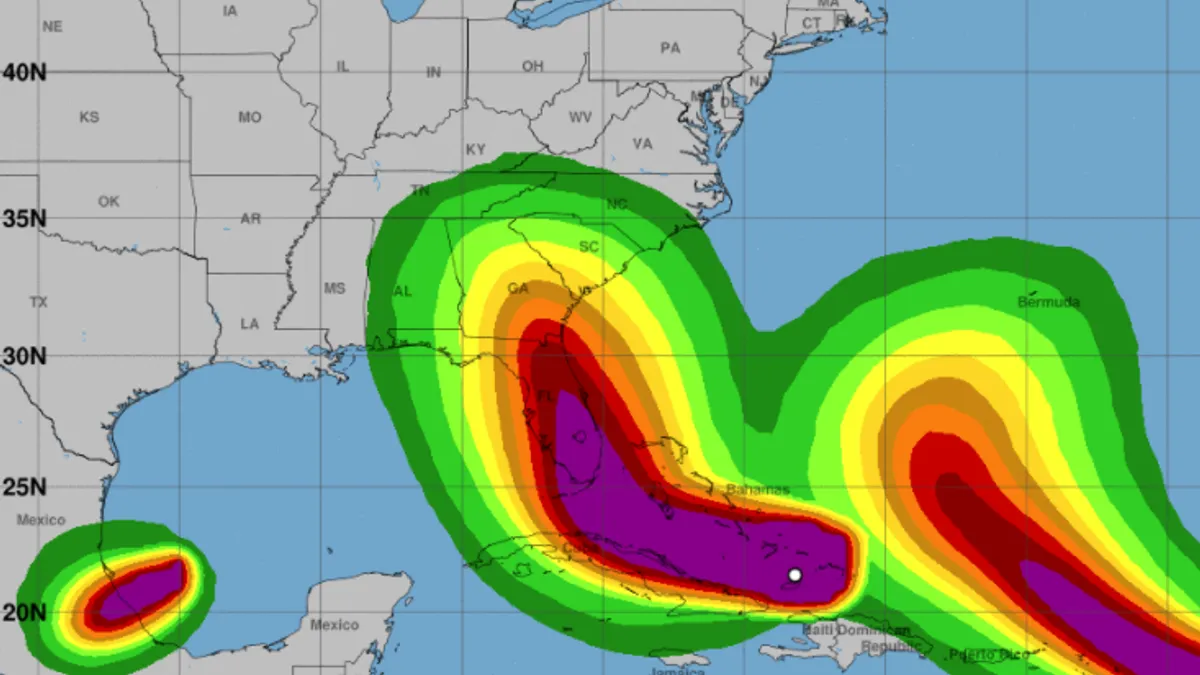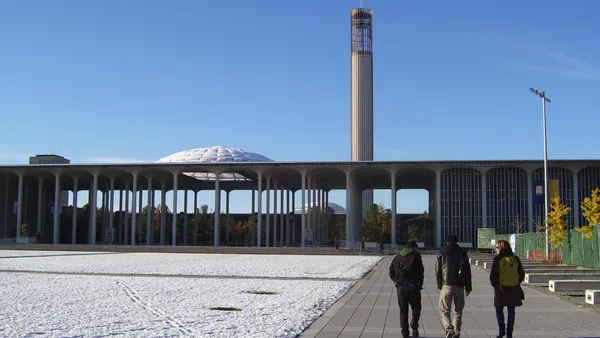When the U.S. government declared a state of emergency in advance of Hurricane Irma’s arrival on September 8, we knew what was at stake for the 33 NEXTracker solar projects (or 24,000 tracker rows) that would be affected by the impending high winds and flood waters. Although our experience with the destructive winds and torrential rains of Hurricane Matthew in 2016 gave us full confidence that our systems would stand up to Irma’s fury, our NX services team nevertheless sprang into action to ensure our customers were fully prepared.
Monitoring Irma’s strength and direction, the NEXTracker services team contacted all our affected customers in the projected path of the storm in Florida, Georgia and South Carolina. One of those customers, GroSolar, had installed approximately 50 MW of NEXTracker NX Horizon systems, some of which were likely to be impacted by Irma. Tom Lyman, GroSolar’s director of project management, was apprehensive. Although he was quite familiar with NEXTracker’s high-touch customer service and constant engineering attention to tracker reliability in high winds and flood waters, the sheer power of the impending storm gave him pause.

There was good reason for his concern. From a technical standpoint, unlike thunderstorms or synoptic winds, hurricanes are large, cyclonic events subject to radical changes in wind direction and speed, depending on the location and trajectory of the storm. And for a potential Category 5 monster like Irma, we knew we had to go the extra mile to make sure our customers received the best advice for weathering the storm and confirming the operational status of all trackers as quickly as possible.
For GroSolar and the other customers in Irma’s path, we leveraged our Digital O&M™ remote monitoring and control capabilities to ensure that each of several thousand tracker rows was appropriately buttoned down for the storm. Thanks to inclinometers on every tracker row, NEXTracker was able to remotely confirm that each tracker had been stowed to the safest angular position ahead of the brunt of the storm. We also placed local field service teams on high standby alert to be ready for any contingencies.
With the trackers secured against wind, attention turned toward potential flood impacts. NEXTracker systems are inherently optimized for flood conditions, with all drive and control components located high above ground level. “Once we visually confirmed that all was secure, and electricals were out of possible flood zones, I felt much better,” Tom told me later. “With the proper positioning of the trackers and the ongoing attention from the NEXTracker service team, we weathered the storm with no damage to those systems whatsoever.”
Once the storm passed and the grid came back online, the GroSolar solar farms quickly resumed power generation. Our team at NEXTracker’s Remote Operations Center (ROC) verified that all trackers had returned to their normal operating mode with no damage or performance issues, and concluded that no service personnel needed to be dispatched to perform visual inspections at the sites.
In Irma’s case, there was less flooding, but had there been more, we were confident in NX Horizon’s survival, as our affected systems came through 2016’s Hurricane Matthew with zero damage. With Matthew, the NEXTracker sites in Virginia and North Carolina were unharmed by the high winds, and none of the drive and electrical components came into contact with rising waters due to the aforementioned ground clearance.

As a result of our robust system design, advanced monitoring and control capabilities, and diligent on-the-ground service team, the 33 NEXTracker projects in the path of Hurricane Irma came through the storm with flying colors, just as our trackers had after Matthew the previous year.










